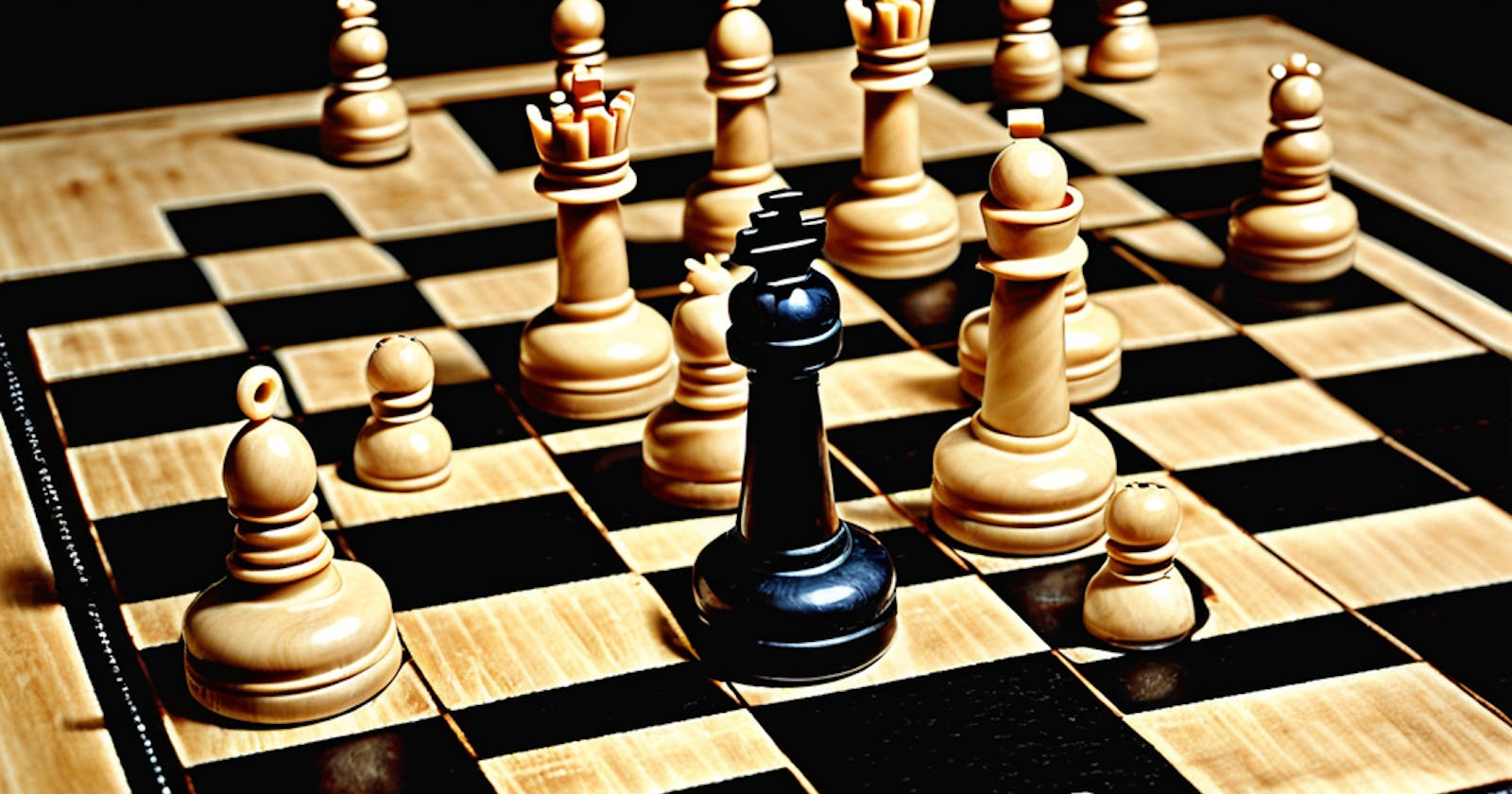Intro
The world of artificial intelligence has witnessed significant advancements in recent years, especially in the realm of chess. Two prominent AI systems, ChatGPT and Stockfish, have made waves in the chess community, each offering unique approaches to the game.
In this article, we will delve into the strengths, weaknesses, and key differences between these two AI giants to understand how they fare against each other in the age-old game of chess.
ChatGPT: The Language Model in Chess
ChatGPT, developed by OpenAI, is renowned for its natural language understanding and generation capabilities. Initially designed as a conversational AI, ChatGPT has been adapted to play chess. It utilizes its language model to process and analyze positions and moves, providing insights and explanations in plain English. This approach makes it accessible to players of all skill levels, from novices to experts.
Pros of ChatGPT in Chess:
Accessibility: ChatGPT's ability to explain moves and strategies in plain language makes it an excellent learning tool for beginners.
Versatility: Unlike traditional chess engines, ChatGPT can answer questions, discuss strategies, and provide historical context during a game.
Educational Value: It aids in enhancing chess skills by explaining the rationale behind moves, enabling players to learn and improve.
Cons of ChatGPT in Chess:
Strength Limitations: ChatGPT may not compete with dedicated chess engines like Stockfish in terms of pure chess calculation and analysis.
Limited Game Database: Its knowledge is based on a static dataset, which may not include the latest openings or strategies.
Stockfish: The Chess Engine Powerhouse
Stockfish is a renowned open-source chess engine celebrated for its exceptional computational power and deep analysis capabilities. It employs brute force calculations and sophisticated algorithms to evaluate positions, calculate variations, and generate optimal moves. Stockfish is a top choice for players seeking the highest level of chess analysis and competitive play.
Pros of Stockfish in Chess:
Chess Calculation Prowess: Stockfish's strength lies in its unparalleled ability to calculate variations and assess positions, making it a formidable opponent.
Database Integration: It incorporates extensive opening theory, endgame tablebases, and historical game databases, ensuring that it plays according to the latest chess theory.
Tactical Precision: Stockfish excels at identifying tactics and combinations, allowing it to exploit opponents' weaknesses effectively.
Cons of Stockfish in Chess:
Lack of Human Interaction: Unlike ChatGPT, Stockfish does not provide explanations or engage in conversations, limiting its educational value for learners.
Overwhelming for Beginners: Its complex analysis may be daunting for novice players, potentially discouraging them from exploring the game further.
Comparison: ChatGPT vs. Stockfish
Strength and Analysis: Stockfish is undoubtedly superior in terms of chess calculation and analysis. It excels at identifying winning lines, tactics, and strategic plans, making it a preferred choice for competitive play. In contrast, ChatGPT offers a more casual and educational experience, focusing on explaining moves and strategies in plain language.
Accessibility: ChatGPT takes the lead in this category. Its ability to make chess accessible to beginners and provide an engaging learning experience sets it apart from Stockfish, which can be intimidating for those new to the game.
Educational Value: ChatGPT shines as a learning tool. It can help players understand the reasoning behind moves, learn openings, and grasp general chess concepts. Stockfish, while invaluable for strong players, lacks this educational aspect.
Human Interaction: ChatGPT offers a conversational experience, allowing players to engage in discussions about chess. Stockfish, being a chess engine, does not provide such interaction.
Conclusion
In the battle of ChatGPT vs. Stockfish, the choice depends on your objectives and skill level. If you're a beginner looking to learn and enjoy chess more conversationally, ChatGPT is an excellent choice. It will explain moves, answer questions, and help you understand the game better.
On the other hand, if you're a competitive player seeking the highest level of chess analysis and calculation, Stockfish is the go-to option. Its unparalleled strength in positional evaluation, tactics, and strategy analysis makes it a formidable opponent and an invaluable tool for serious chess enthusiasts.
Ultimately, both ChatGPT and Stockfish have their unique strengths and applications in the world of chess. Whether you're looking to improve your skills or engage in a challenging match, these AI systems offer exciting opportunities to explore the game of chess in new and innovative ways.

